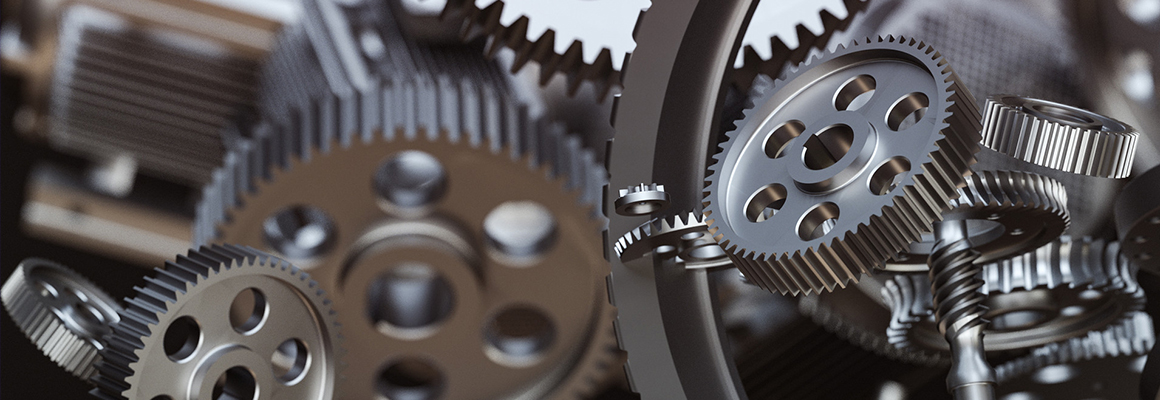Everything About Piston Ring Types, Their Functions and Material Used
Manufacturers design piston rings to ensure they fulfill specific performance and usability standards. As a result, pistons are differentiated based on their intended use and can be classified into three primary categories. The main function of a piston is to seal the combustion chamber in both 2-stroke and 4-stroke engines.
Piston rings play an essential role in the functionality of the piston. The quantity and functionality of these rings are determined by the engine configuration and size.
For instance, a 2-stroke engine typically consists of two piston rings: one serves for compression while the other acts as a wiper ring. On the other hand, a 4-stroke engine is equipped with three piston rings, which include an additional oil scraper ring.
Defining Piston Rings
Piston rings are metallic split-type components that fit securely within the grooves of a piston’s outer diameter, ensuring a reliable seal between the piston and the cylinder wall.
Materials Used for Piston Rings
The most prevalent material for piston ring fabrication is fine-grained alloy cast iron. Typical alloys include nickel, copper, vanadium, chromium, titanium, and molybdenum. The incorporation of graphite within cast iron provides self-lubricating properties, thus minimizing friction between the cylinder liners and the rings. The material used for piston rings must exhibit greater rigidity than that of the cylinder liner to guarantee an extended lifespan, with the aforementioned alloys enhancing the cast iron's performance.
A number of manufacturers also opt for pressed steel when producing piston rings.
Coatings for Piston Rings
Piston rings are subjected to rapid wear due to extreme loading conditions and high temperatures. To combat this, they are often coated with various materials. Softer materials such as graphite, phosphate, and iron oxide are preferred due to their excellent oil absorption capabilities, which improve lubrication.
These coatings also help to prevent ring scuffing, an issue that arises when metal parts contact each other at elevated temperatures, producing effects similar to welding. Coatings minimize scuffing by covering exposed iron, thus avoiding such welding-related damage.
Categories of Piston Rings
Piston rings can be generally divided into two types:
1. Compression Rings
Compression rings are generally found in sets of two or three on a piston, determined by the engine's compression ratio. The second and third rings commonly feature taper-faced designs to mitigate sticking in high-power engines. Counterbored and scraper rings are typically appointed for the top and second compression rings. During the suction stroke, internal forces can cause these rings to twist slightly. Conversely, during the compression stroke, they rise alongside the piston, forming a seal against the cylinder wall which in turn reduces oil consumption. In the power stroke, combustion pressure aligns the rings for superior sealing.
2. Oil Control Rings
In engine operations, some oil gets splashed onto the cylinder walls by the connecting rod. It is essential to scrape off any excess oil and return it to the oil pan to prevent its burning in the combustion chamber, a condition that can escalate oil consumption. Effective oil control rings are vital for cooling, cleaning, and ensuring proper sealing of the cylinder wall.
There are three principal types of oil control rings:
- One Piece Slotted Cast Iron Type: Equipped with slots that allow an expander spring to increase pressure against the cylinder wall, thereby enhancing scraping efficiency.
- One Piece Pressed Steel Type: Typically utilized in engines with worn cylinder walls, these steel rings can seal one side of the groove.
- Three Piece Steel Rail Type With Expander: These rings are designed to seal in both upward and downward motions, ensuring a more effective overall seal.
Key Functions of Piston Rings
Piston rings perform four essential functions:
1. Sealing Combustion Gases
One of the primary functions of piston rings is to maintain an airtight seal between the cylinder wall and the piston. This seal is critical in preventing the leakage of combustion gases during engine operation, thereby optimizing engine power and efficiency while reducing fuel consumption and minimizing environmental impacts.
2. Controlling Lubricating Oil
Piston rings play a significant role in moderating the amount of lubricating oil that enters the combustion chamber. By maintaining a minimal oil layer on the cylinder wall, they prevent the burning of oil while ensuring that lubrication is effective without allowing oil to infiltrate the combustion chamber.
3. Heat Dissipation
Piston rings assist in transferring heat from the piston to the cylinder, adeptly managing the high temperatures produced during combustion. Effective heat transfer is essential for preventing engine overheating and minimizing potential damage.
4. Supporting Piston Alignment
Piston rings are instrumental in preventing direct contact between the piston and the cylinder wall during piston movement. This function ensures smooth operation of the piston and contributes to extending the engine's lifespan by mitigating wear and tear.
Final Thoughts
To summarize, piston rings are categorized into three principal types: counterbored and scraper rings allocated for compression, alongside oil control rings. These rings serve multiple crucial functions, including sealing combustion gases, regulating lubricating oil within the combustion chamber, promoting efficient heat dissipation, and preventing excessive contact between the piston and cylinder wall.


